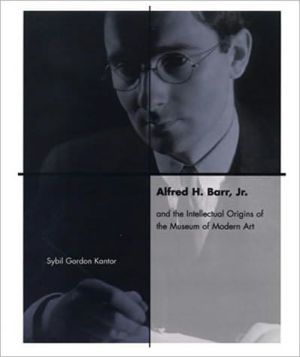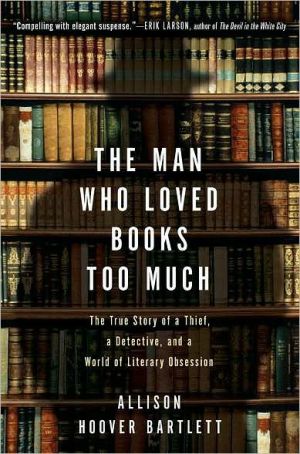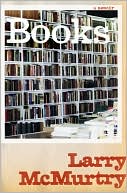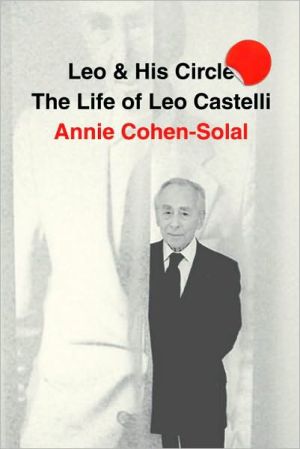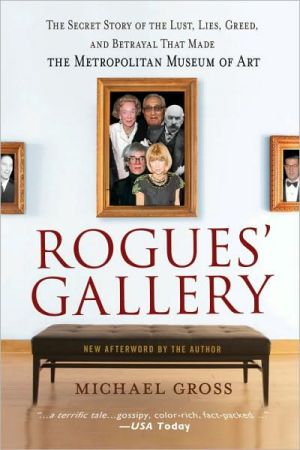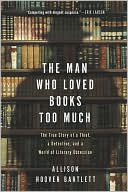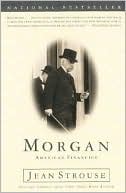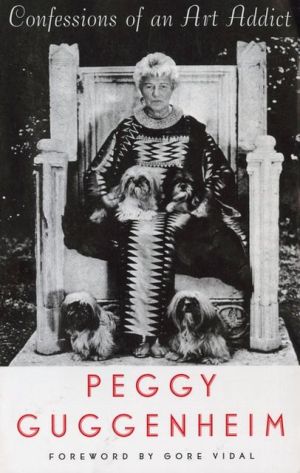Alfred H. Barr, Jr. and the Intellectual Origins of the Museum of Modern Art
Growing up with the twentieth century, Alfred Barr (1902-1981), founding director of the Museum of Modern Art, harnessed the cataclysm that was modernism. In this book — part intellectual biography, part institutional history — Sybil Gordon Kantor tells the story of the rise of modern art in America and of the man responsible for its triumph. Following the trajectory of Barr's career from the 1920s through the 1940s, Kantor penetrates the myths, both positive and negative, that surround Barr...
Search in google:
An intellectual biography of Alfred H. Barr, Jr., founding director of the Museum of Modern Art.Library JournalA handful of figures contributed to the establishment of modern art in the U.S. museum community: Juliana Force (Whitney Museum of American Art), Chick Austen (Wadsworth Atheneum), Duncan Phillips (Phillips Collection), and, preeminently, Alfred H. Barr Jr. In a book that serves as both a biography of Barr and a textbook on the theoretical foundation of the Museum of Modern Art (MoMA) in New York, independent scholar Kantor focuses on the philosophical underpinnings of Barr's early life. He explores in great depth the philosophers, teachers, collectors, artists, and others who helped to form the mind of MoMA's founding director (Barr was a mere 27 at the time of his appointment). Barr's important and influential colleagues (Lincoln Kirstein, Agnes Mongan, Henry-Russell Hitchcock, Philip Johnson, and others from both inside and outside of MoMA) are placed in historical and personal context. This excellent treatment explores Barr's contribution both to modern art in America and to many of the museum practices that are now taken for granted. For a more traditional biographical treatment, see Alice Goldfarb Marquis's Alfred H. Barr, Jr.: Missionary for the Modern (LJ 4/15/89). Highly recommended for all collections with an interest in 20th-century art. Martin R. Kalfatovic, Smithsonian Inst. Libs., Washington, DC Copyright 2001 Cahners Business Information.
List of IllustrationsAcknowledgmentsPrefacePrologue: Knowing Alfred Barr2Ch. 1The Princeton Years18Ch. 2The Fogg Method and Paul J. Sachs: Barr and his Harvard Mentor36Ch. 3Barr as Teacher, 1925 to 192786Ch. 4The Little Magazine and Modernism at Harvard122Ch. 5The European Trip146Ch. 6Modernism Takes Its Turn in America190Ch. 7Architecture, Barr, and Henry-Russell Hitchcock242Ch. 8Philip Johnson and Barr: Architecture and Design Enter the Museum276Ch. 9The Directorship at Full Throttle314Epilogue354Notes378Illustration Credits460Index462
\ From the Publisher"Alfred Hamilton Barr Jr. remains a figure of fascination and contention." The New York Review of Books Michael Kimmelman\ "An important contribution to the historiography of twentieth-century American art...\ intellectual and biographical history at its most rigorous." Daniel A. Siedell College Art Association Reviews\ "Alfred Hamilton Barr Jr. remains a figure of fascination and contention." Michael Kimmelman The New York Review of Books\ "It is to the intellectual history of modern art that [this book] makes an indispensible contribution." Hilton Kramer The New Criterion\ \ \ \ \ \ Library JournalA handful of figures contributed to the establishment of modern art in the U.S. museum community: Juliana Force (Whitney Museum of American Art), Chick Austen (Wadsworth Atheneum), Duncan Phillips (Phillips Collection), and, preeminently, Alfred H. Barr Jr. In a book that serves as both a biography of Barr and a textbook on the theoretical foundation of the Museum of Modern Art (MoMA) in New York, independent scholar Kantor focuses on the philosophical underpinnings of Barr's early life. He explores in great depth the philosophers, teachers, collectors, artists, and others who helped to form the mind of MoMA's founding director (Barr was a mere 27 at the time of his appointment). Barr's important and influential colleagues (Lincoln Kirstein, Agnes Mongan, Henry-Russell Hitchcock, Philip Johnson, and others from both inside and outside of MoMA) are placed in historical and personal context. This excellent treatment explores Barr's contribution both to modern art in America and to many of the museum practices that are now taken for granted. For a more traditional biographical treatment, see Alice Goldfarb Marquis's Alfred H. Barr, Jr.: Missionary for the Modern (LJ 4/15/89). Highly recommended for all collections with an interest in 20th-century art. Martin R. Kalfatovic, Smithsonian Inst. Libs., Washington, DC Copyright 2001 Cahners Business Information.\ \
